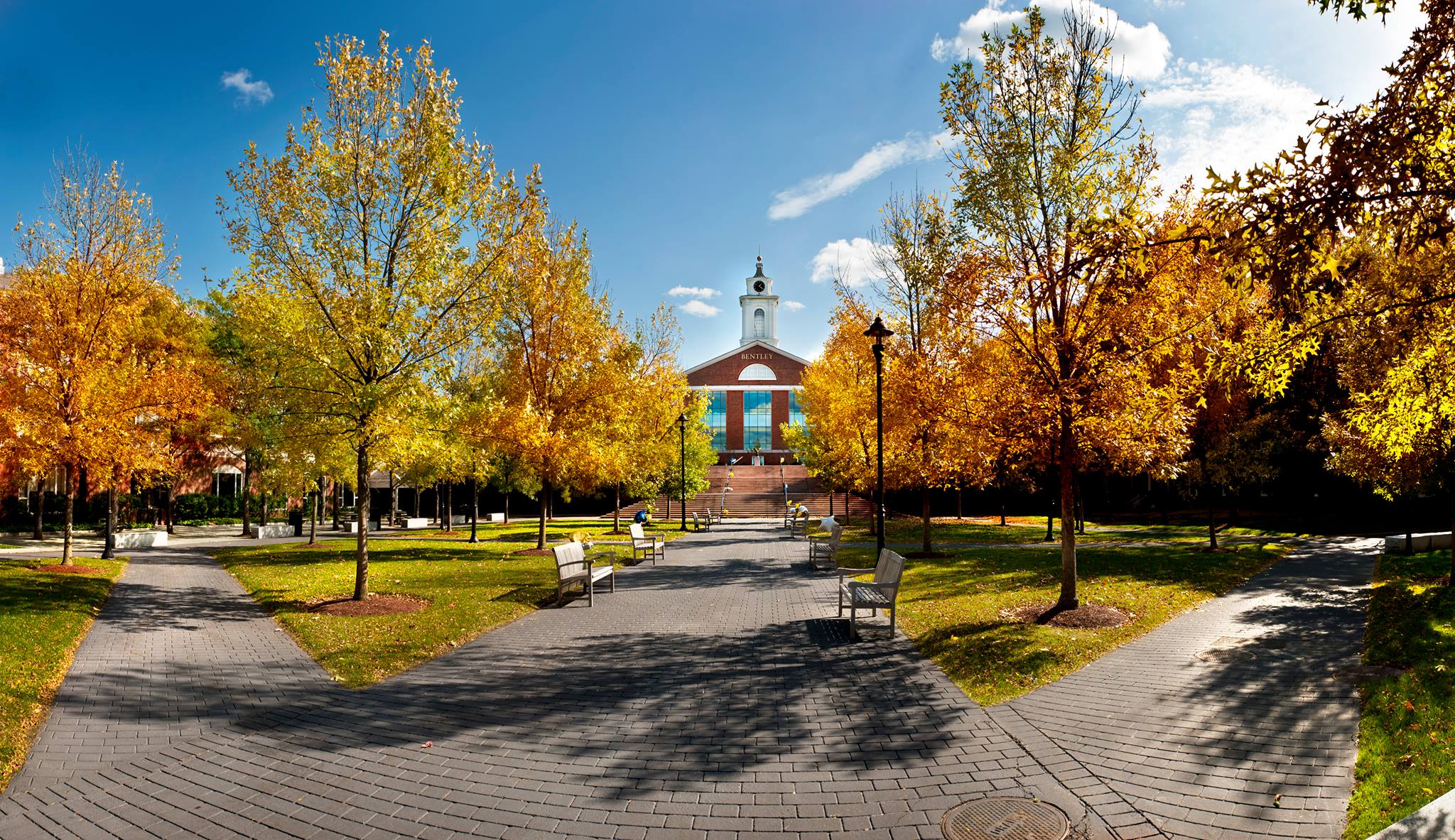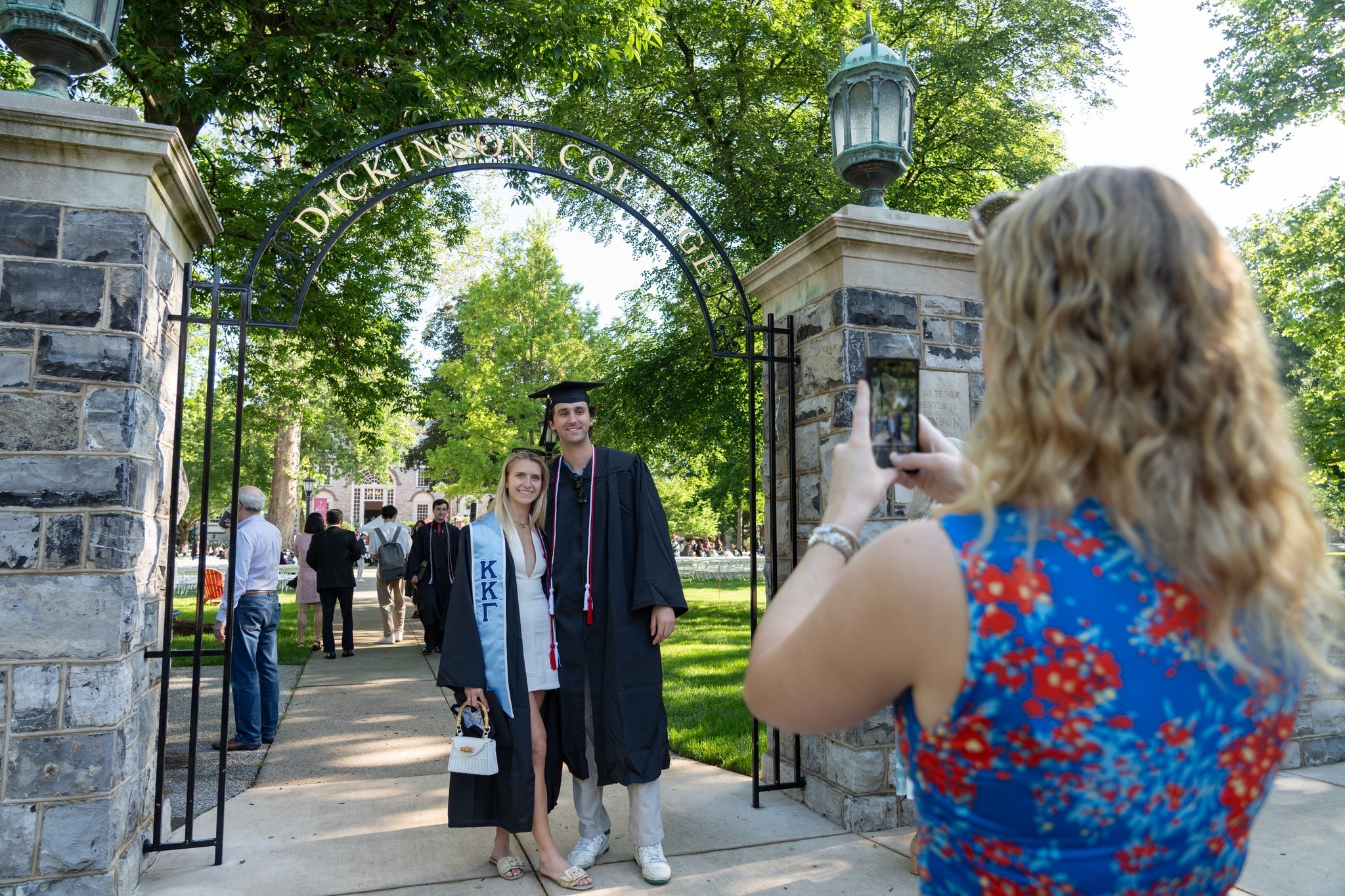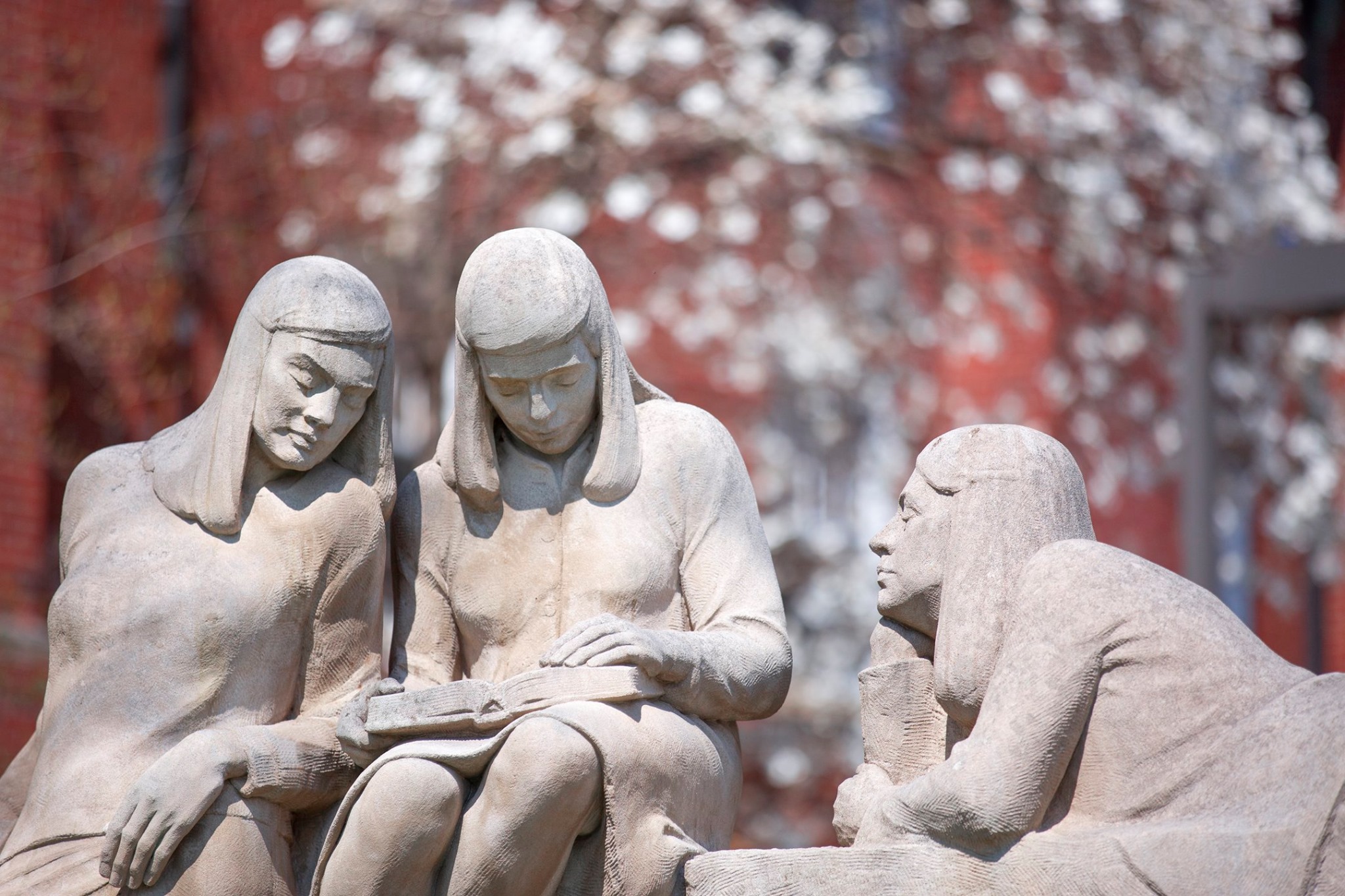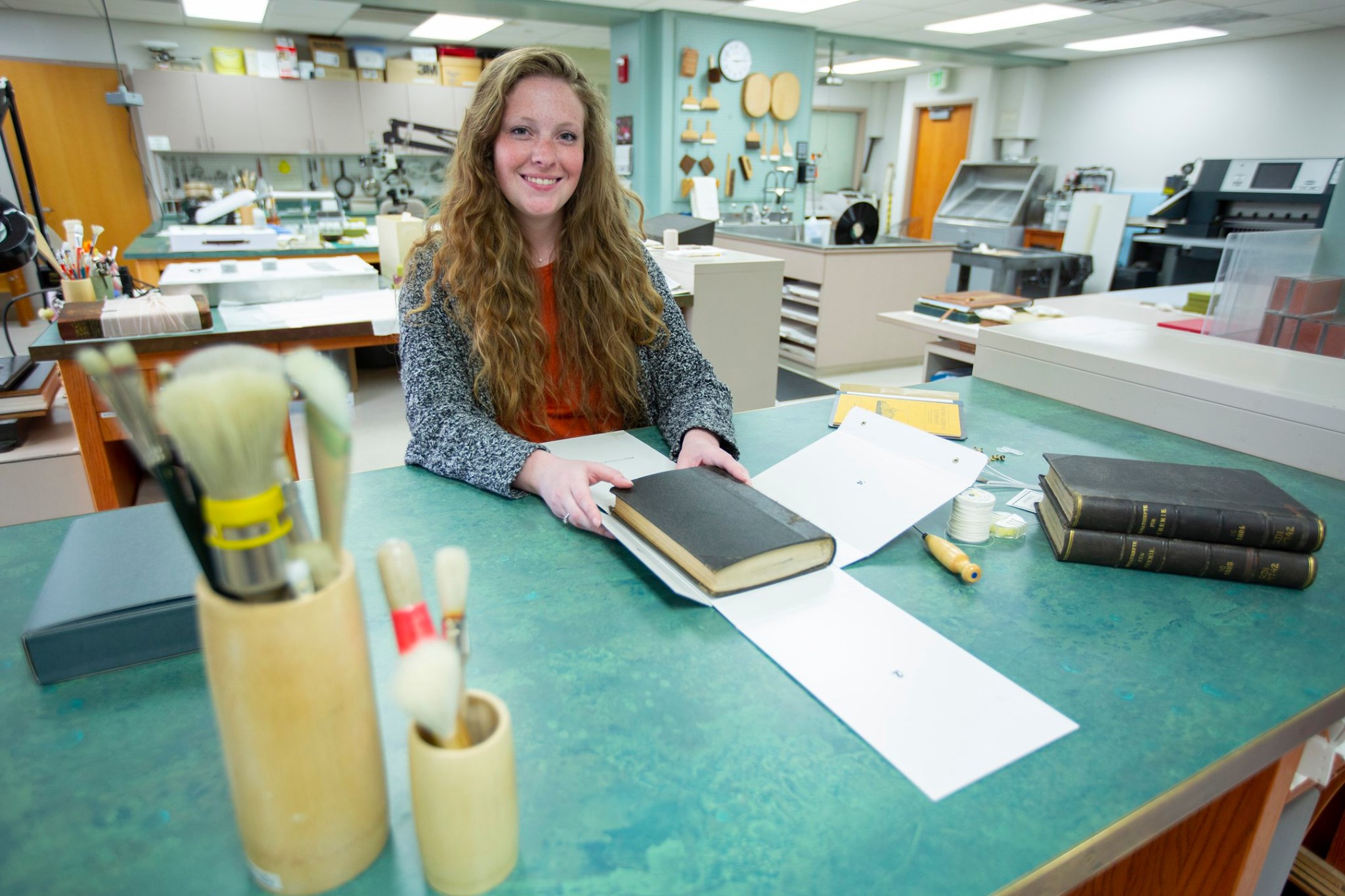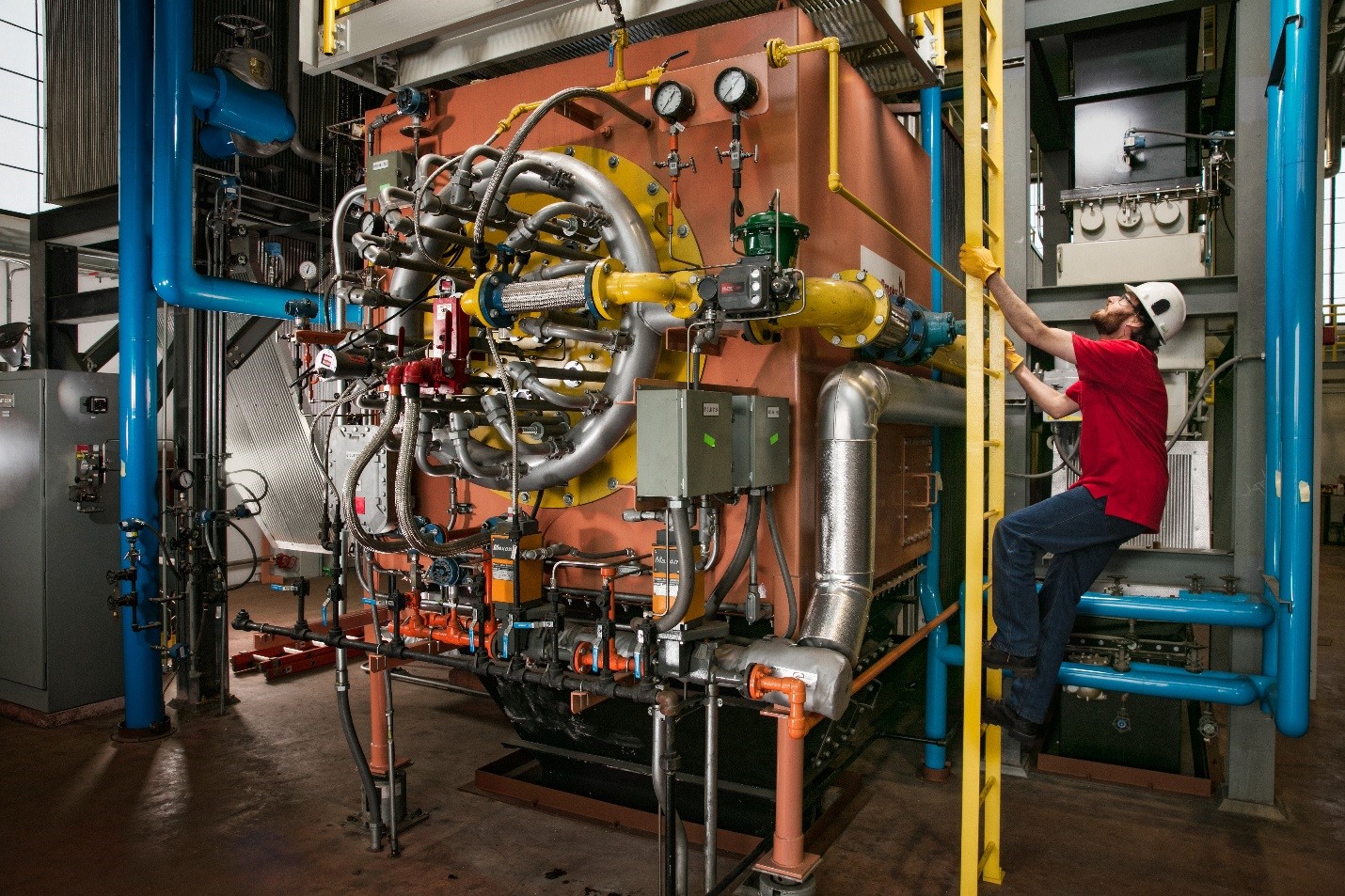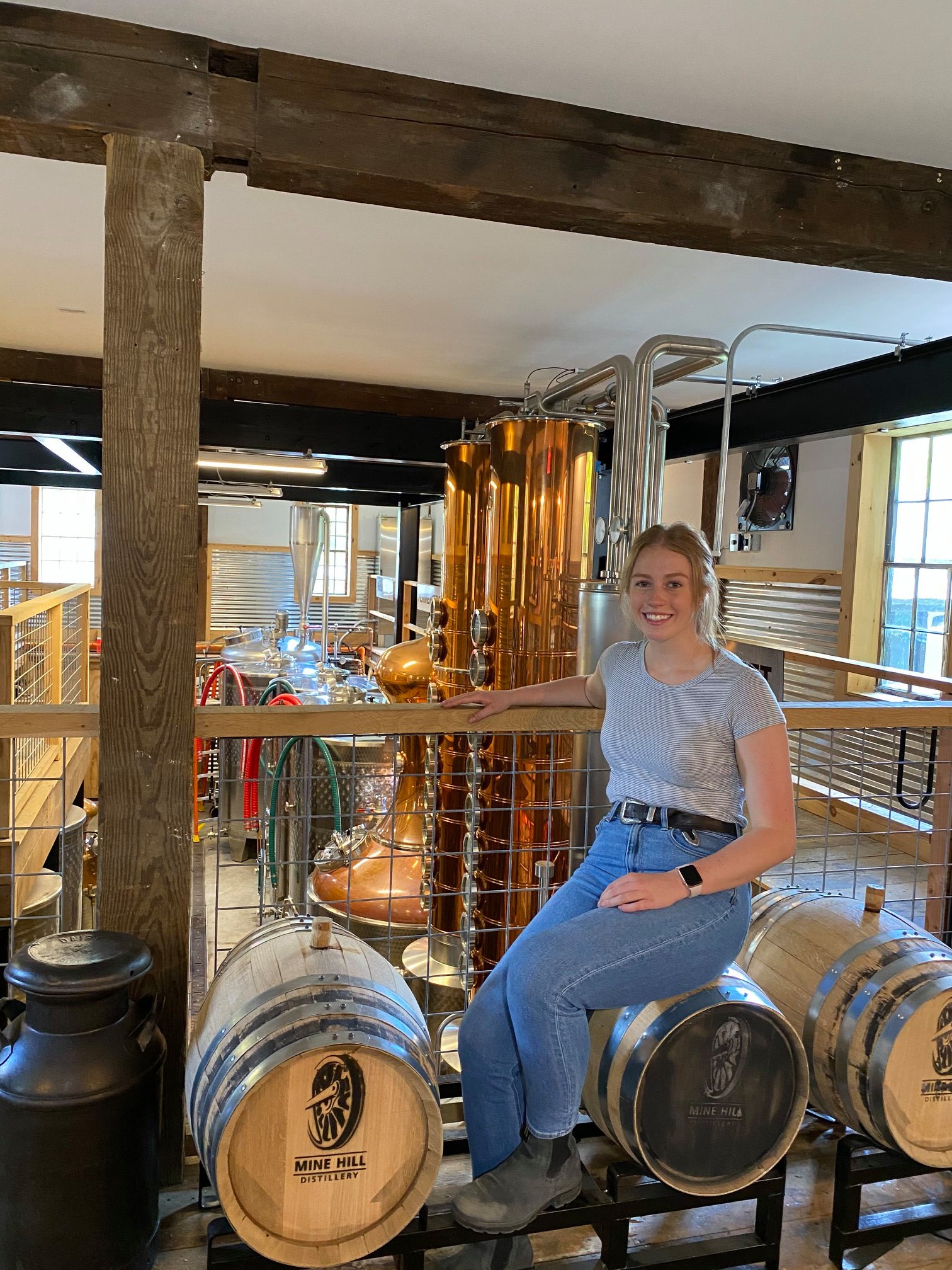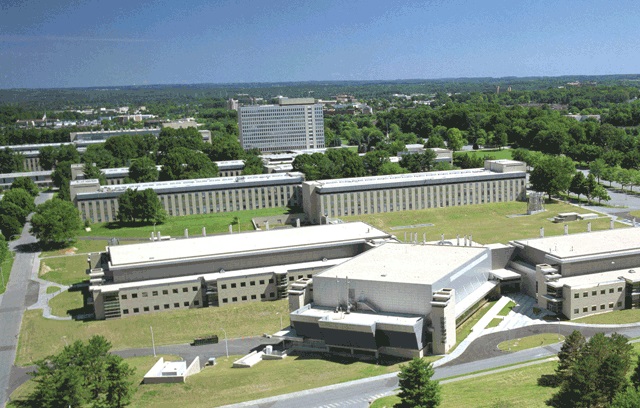Charcuterie refers to a variety of cured meats, often accompanied by an assortment of cheeses, fruits, nuts, bread, and spreads. Originating from France, charcuterie was initially focused solely on prepared meat products, such as sausages, pâtés, and confits. Today, a charcuterie board is a popular way to serve an array of meats and complementary foods in a visually appealing and flavorful arrangement as demonstrated here for the Office of Alumni and Family Engagement by Alaura Westrol, Class of 2011.
Thank you to the Blue Devil Chefs for putting together charcuterie boards for the staff today! 👩🏻🍳👏🏻💙 #sayyestofcs #culinaryarts #bluedevils pic.twitter.com/GqCWrktgFQ
— Mrs. Hall (@CHFCS14) November 23, 2024



